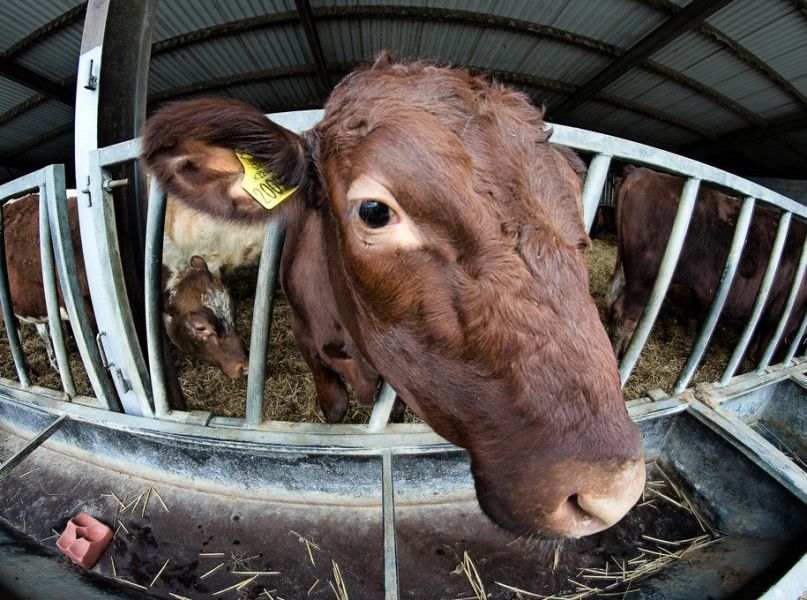The preliminary results from the latest Agriculture Census have been released! Taken every 5 years, the census measures everything from farm size to crop diversity. The most recent results are from 2012, and Agriculture Secretary Tom Vilsack says the preliminary analysis shows “a snapshot of a strong rural America that has remained stable during difficult economic times.” While we don’t yet have our hands on the full report, there’s still plenty to be gleaned from the highlights. Here are our top 5 take-aways from the 2012 Ag Census Preliminary report:
1. We have fewer but bigger farms, and the amount of farming land is about the same.
The number of farms decreased by 4.3 percent from 2007 to 2012, bringing the 2012 US farm count to 2.1 million. But, the size of farms increased by 3.8 percent and in 2012, the average farm size was about 434 acres. (For you city folk, that’s about half the size of Central Park.) Simultaneously, there was only a slight decrease of 0.8 percent of acreage of farmland in the US. That’s the smallest variation that’s been seen in over 60 years.
 2. Market values of crops and livestock are at all-time highs.
2. Market values of crops and livestock are at all-time highs.
Selling a total of $395 billion worth of agricultural products in 2012, the market sales were about 33 percent more than in 2007. The census also found that on average, farms saw an increase of $52,000 in ag sales over 5 years.
 3. Farmers are getting older, while there’s a lack of young blood taking to the business.
3. Farmers are getting older, while there’s a lack of young blood taking to the business.
The average age of principal farmers went up to 58.3 years old, which represents an average 1.2 year increase from 2007. In the meantime, the number of new farmers (or those who’ve started in the last 10 years) was down 20 percent. Minority principal operators are increasing, with the number of Hisapanic operators increasing by 21 percent.
 4. The percent of farms with sales of $1 million plus increased, while most farms are still small and have sales of less than $50K.
4. The percent of farms with sales of $1 million plus increased, while most farms are still small and have sales of less than $50K.
In short, sales and government payments of $1 million or more went to about 2 percent more farms than in 2007. But, 75 percent of the farms in the US are small. That means the big bucks are concentrating, and continue to do so.
5. The top 10 Ag states stay the same, with the addition of Ohio and Colorado.
In short, two biggies: Texas had the highest number of farms and most livestock sales and California had the highest ag and crop sales. See the graphs below for your state-specific farm number and land changes.
FEATURED PHOTO: Paul Stevenson/Flickr





